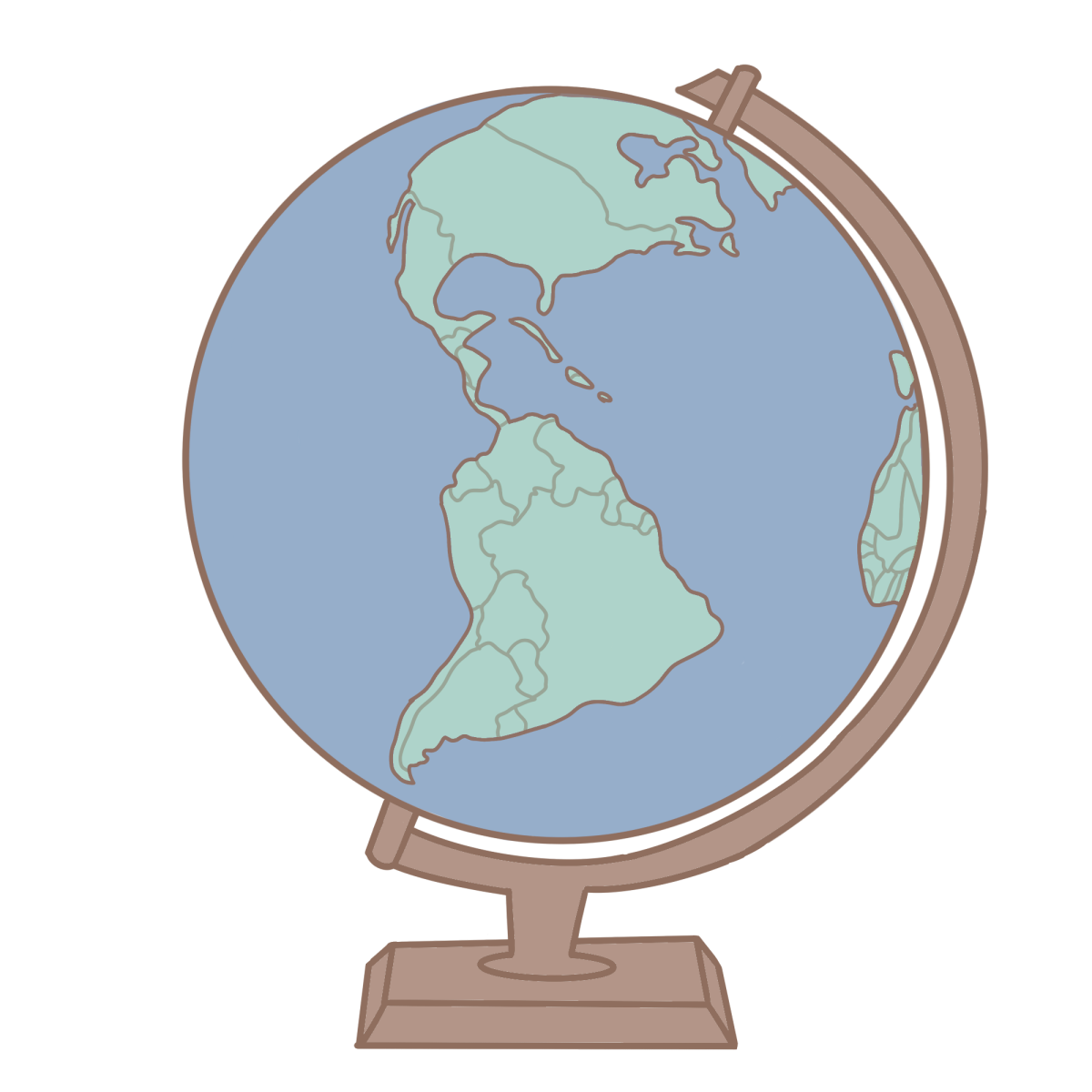Purple Haze, LASA’s robotics club, reduced its team size this year due to a shortage of mentors. This decision, which both denied acceptance to new students and cut pre-existing team members, has sparked mixed reactions from many raising concerns about accessibility and resources.
A sophomore who wished to remain anonymous shared his thoughts on the decision to reduce the team size, having been denied himself. He explained that while cuts were necessary, how they were handled was unfair to students.
“It’s understandable, cutting kids,” the sophomore said. “But the way they did it wasn’t super great, and it robbed a bunch of people the chance to even try out robotics.”
The sophomore expressed that LASA lacks different opportunities to explore robotics. Because of the lack of alternatives available, they believe the decision revoked many new students’ ventures into the club.
“It squashes their chances of even trying since it is almost impossible to find other ways at LASA to do robotics,” the sophomore said.
Conversely, the sophomore suggested that creating a second team could have easily allowed more students to join. According to them, this would have made the teams closer and reduced the strain on mentors they saw having been on the team in past years.
“I think creating a second team would be a decent idea since it also made it so you needed fewer mentors and made the team more close-knit with each other,” the sophomore said. “It could give more people the chance to do more things. Like last year, some people didn’t even know my name, and I didn’t get to do as much as I wanted.”
Sophomore Alia Dube joined the robotics club over the summer and described the application process as straightforward. The students interested in joining filled out a form to express their interest and add any prior experience they had.
“You fill out a form describing why you want to be in robotics and maybe a little bit of previous experience, but it’s not super detailed,” Dube said.
The club received applications from around 115 students, but only 50 to 60 were accepted. Dube feels that the current team size is manageable and does not overcrowd the classroom, ensuring a more productive environment for everyone.
Team mentor Vincente Kaufhold explained that cuts were necessary to ensure safety and effective education for the team members. Kaufhold acknowledged that it was a difficult decision, given that many talented students applied, but emphasized the importance of having a controllable team size.
“In an ideal world, I would have loved to continue our long tradition of welcoming all students who want to participate,” Kaufhold said. “Unfortunately, we only have a small mentor team to run the program at the moment.”
He explained that running a large team with limited resources presented many challenges. As a result, Kaufhold emphasized that more mentors are the team’s most crucial resource for succeeding and extending the opportunity to participate in robotics.
“Without having more mentors available, we simply can’t run a safe or effective educational program with that many students,” Kaufhold said.
Kaufhold highlighted that the robotics team could expand with additional funding, allowing for more student opportunities. The team as a whole could have multiple sub-teams, offering more students a chance to participate.
“Beyond mentors, having more funding would allow us to run more teams under the same roof, which means more hands-on opportunities for everyone,” Kaufhold said.
According to Kaufhold, while sports teams deserve the resources they receive, other clubs like robotics should also be given similar support. He believes extracurricular activities like robotics offer invaluable education to students.
“Running a football team is hard work, and they deserve the resources they get,” Kaufhold said. “But the same could be said for the marching band, robotics team, quiz bowl, or any other larger teams or clubs that offer education to students.”
Kaufhold acknowledged that many of these resources depend on district funding, which has been hard to attain in recent years. He explained that Austin Independent School District’s (AISD) lack of funding makes it harder for schools to provide adequate resources for all after-school programs.
“A lot of this lies out of the school’s hands. AISD has been historically underfunded and hasn’t exactly had a history of supporting LASA much even when they had the resources,” Kaufhold said.
Kaufhold pointed to Westlake High School as an example of a program with more resources and the ability to accommodate more students. He believes that LASA could model its robotics program after Westlake’s successful structure to grow its robotics program.
“Looking at robotics specifically, the program running at Westlake is a great example of how beneficial a program can be with the right resources,” Kaufhold said. “If LASA wants to be serious about robotics, that’s the goal to aim for.”








